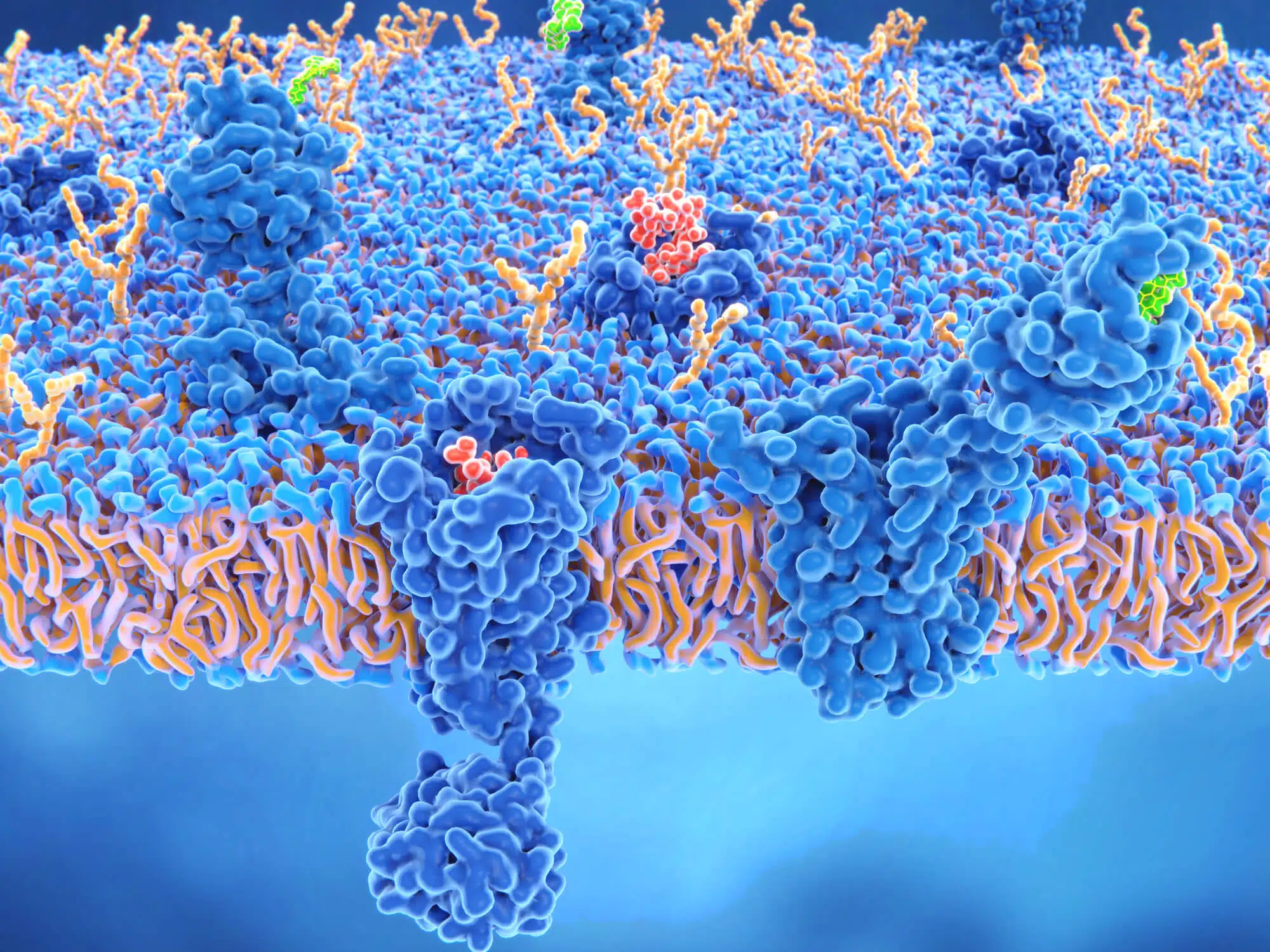Research from the Hebrew University reveals the identity of an area of the brain that can moderate and balance the urge to consume the drug, and therefore may contribute to reducing addiction. The study provides a glimmer of hope that the ongoing battle with opioid addiction can be won

A groundbreaking study by a team of researchers led by Prof. Ami Tzitari from the Edmond and Lili Safra Center for Neuroscience at the Hebrew University of Jerusalem found that the claustrum area of the brain can act as a regulator of fentanyl consumption. The study, published in the journal Current Biology, shows how manipulation of the nerve cells in the claustrum region directly affects the urge to consume opiate drugs. It was found that activation of the neurons in the claustrum decreased the consumption of fentanyl while silencing them resulted in an increase in the consumption of the drug. The claustrum is an area that was previously suspected to be the place where consciousness is formed in the brain, and recently it was discovered that it is a powerful regulator of the activity of the frontal cortex, the same brain area associated with behavioral regulation and decision-making. In the current study, it was discovered that silencing the claustrum causes opiate drugs to activate the frontal cortex more, and correspondingly increases the consumption of opiates, in binges of prolonged consumption.
In recent years, there has been an increase in reports from several countries about the development of an "opioid crisis", which is a source of serious concern for public safety, especially when it comes to synthetic opiates, such as fentanyl, which are known to be highly addictive. In the United States, the Drug Enforcement Administration defined fentanyl as the "greatest drug threat" in the country's history, and recently the White House called for a dramatic investment in dealing with the opioid overdose epidemic in the country, which, according to him, fentanyl is at the root of. Even in Israel it seems that the phenomenon is on the rise alarmingly.
Although it is a global epidemic and fentanyl is known to be a powerful and deadly drug, its effects on the brain or which areas of the brain play a role in addiction to this drug have yet to be characterized. This not only makes it difficult to understand how and why a person becomes addicted to fentanyl but, more seriously, it makes it difficult to find ways to deal with and prevent fentanyl addiction.
The claustrum area of the brain is a small and thin structure located under the cerebral cortex and is connected to a large number of areas in the cerebral cortex and other areas of the brain. In a previous study by Prof. Tzitari and Dr. Terem from the Hebrew University, it was discovered that the claustrum plays an important role in cocaine addiction and therefore it was a leading candidate for research on fentanyl consumption as well. Indeed, in a series of experiments carried out by the team led by Prof. Tzitari and led by Dr. Terem and Mr. Yonatan Fatal, it was clearly found that the claustrum is a target for intervention in fentanyl addiction, since it regulates the urge to consume it among laboratory animals.
The groundbreaking results, which showed a direct link between the claustrum region and fentanyl addiction, represent progress
Significant in the fight against opioid addiction, a window is opened for the future development of effective therapeutic strategies aimed at reducing opioid addiction among active addicts and preventing addiction. Among other things, follow-up studies could investigate drugs and agents that increase claustrophobic activity to determine their effectiveness in reducing drug use and addiction.
Prof. Ami Tzithari, the lead researcher from the Hebrew University of Jerusalem, expressed enthusiasm for the potential implications of the study, stating "Our findings shed light on the important relationship between the claustrum and the frontal cortex, which regulate the consumption of fentanyl." Prof. Tzitari added and talked about the practical implications of the research and said "the results of the research have the potential for clinical implications, both in the diagnostic and therapeutic fields. By expanding our knowledge of the neural processes involved in addiction, researchers and health professionals can work to develop more effective prevention and treatment strategies, both pharmacological and non-pharmacological.
As part of the research, a technical achievement was also established in the form of the creation of an automatic system for the study of addictive behavior. This system is expected to allow addiction researchers worldwide to optimize the identification of both the addictive potential of drugs before they enter clinical use in humans, and the identification of drugs that modulate addiction. The research team had partners, apart from Prof. Tzitari who headed it, also Dr. Anna Terem who recently received her doctorate, and Yonatan Fatal, who initiated the project as a high school student.
More of the topic in Hayadan:
- Spotlight - not a Greek tragedy / Dorit Farnes
- Why do we remember places where significant events happened, why is it so hard to quit drugs, and how are the questions related?
- Discovery of Bar-Ilan University: Placental cells for natural addiction treatment
- Rats also get addicted to drugs, and not because it makes them feel good
- Curiosity is dangerous

One response
Those who expect that this discovery, if it really exists, will be used by the pharmaceutical companies to regulate the consumption of opiates in the direction of reducing their consumption and eliminating addiction, are mistaken. It is more likely that they will use it for the opposite purpose - they will increase the consumption volume to 11, and even implant this molecule in their other preparations.